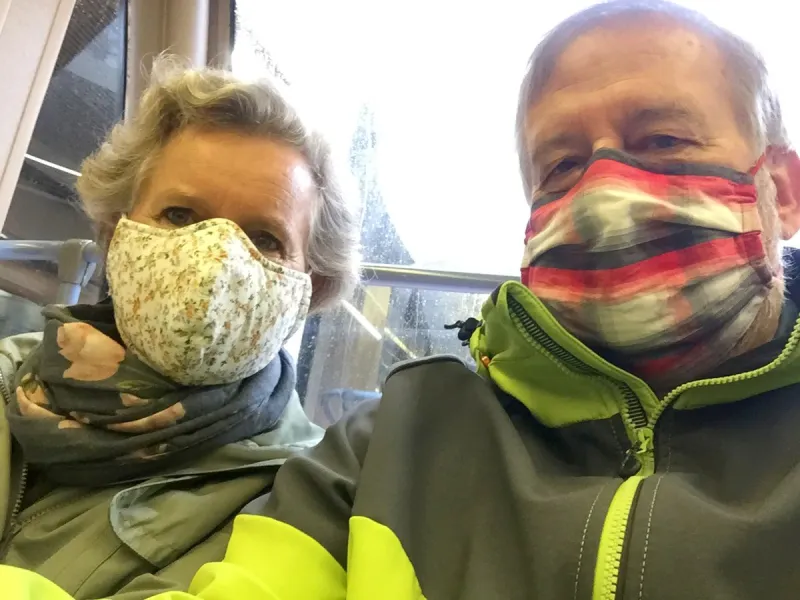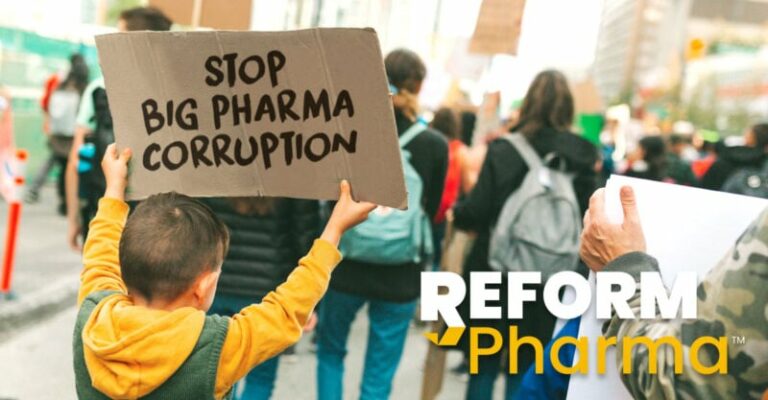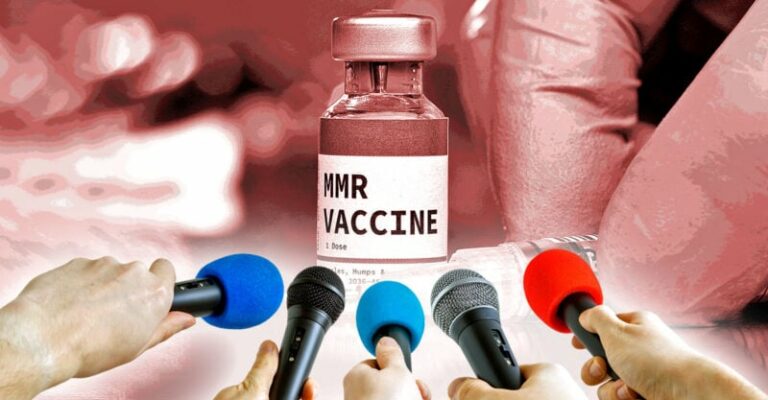New study: Long-term damage caused by toxic ingredients when wearing masks
Source: TKP.at, Dr. Peter F. Mayer, originally published 06 May 2024
Over the past four years there has been an unprecedented, sustained requirement to wear masks. These are made of plastic and a whole range of toxins. Warnings about the expected damage to health were ignored by politicians and authorities. A new study summarizes the potential for harm.
The authors Kai Kisielinski, Stefan Hockertz, Oliver Hirsch, Stefan Korupp, Bernd Klosterhalfen, Andreas Schnepf and Gerald Dyker have worked on several studies on the topic over the past four years. The study, published on April 15, 2024, is titled ” Wearing face masks as a potential source for inhalation and oral uptake of inanimate toxins – A scoping review ” An overview of the scope).
Reviewing 24 studies, the authors found that forced mask-wearing exposed populations to more than a dozen organic and inorganic toxins. On average, obedient mask wearers were exposed to 43 times more carcinogenic phthalates, 227 times more carcinogenic volatile organic compounds and 1220 times more titanium dioxide than the respective limit recommended. In addition, the masks led to the absorption of microplastics and microfibers into the lungs and digestive tract.
1003 studies were reviewed and 24 studies were included (test duration 17 minutes to 15 days) in which the content and/or release in 631 masks (273 surgical, 228 textile and 130 N95 masks) were examined.
“Most studies (63%) showed alarming results with high releases of micro- and nanoplastics (MP and NP), and exceedances were also reported for volatile organic compounds (VOC), xylene, acrolein, per-/polyfluoroalkyl substances (PFAS), Phthalates (including di(2-ethylhexyl) phthalate, DEHP) and detected for Pb, Cd, Co, Cu, Sb and TiO2.”
The evaluated toxicants and our research question are summarized in Fig. 2.

Figure 2. Graphical representation summarizing the toxic substance classes evaluated in the included studies and our research question on toxicity.
The various toxins are evaluated in detail and the absorption is quantified over an average period of wear.
Figure 5 summarizes the toxic substances and classes that may be responsible for exceeding limit values with the resulting potentially life-shortening effects.

Fig. 5. Summary of the toxic substances and classes listed in Tables 3A, 3B and 3C with possible limit value violations that can be responsible for potential toxicity in the mask wearer and – in the worst case – contribute to a shortening of life.
In addition, there are possible chemical reactions of all reported chemicals with each other and with the exhaled compounds resulting from human metabolism (Zannoni et al., 2022), in the breathing area of the mask (mask dead space), e.g. B. Oxidation. For this reason, the breathing area of the mask could act like a “chemical reactor” at the entrance to the respiratory tract. This phenomenon could lead to additional toxic compounds that pose a new type of threat to human health. It is important to remember that the dead space of the mask is not only at a higher temperature, but also more humid (Kisielinski et al., 2021), which favors many chemical reactions. It should not go unmentioned that there is also the possibility of increasing toxic effects resulting from mixing toxins.
The use of masks can also – even if the limit values are not exceeded – increase the burden on the respiratory tract, lungs and organs with chemical compounds, heavy metals, micro- and nanoplastics. And there could be a cumulative effect of using masks indoors……
Despite widespread reporting during the SARS-CoV-2 pandemic supporting the effectiveness of face masks against viral transmission (Kisielinski et al., 2023a), there is only weak evidence of effectiveness against respiratory viral infections even from the highest evidence-based institutions (Jefferson et al., 2023). In view of our results on the multiple toxic substances that are released by face masks and can be inhaled (Table 2, Table 3A, Table 3B and Table 3C; Figs. 4 and 5), the introduction of a legal mask requirement seems appropriate the general population in many countries during the 2020-2023 SARS-CoV-2 pandemic questionable from an empirical and scientific perspective.
…..
Without a thorough benefit-risk analysis, statutory mask requirements, such as those imposed during the SARS-CoV2 pandemic contrary to scientific findings (with regard to the effectiveness of masks and the standardization of the pollutant content of masks), should not be repeated in the future.
Suggest a correction







